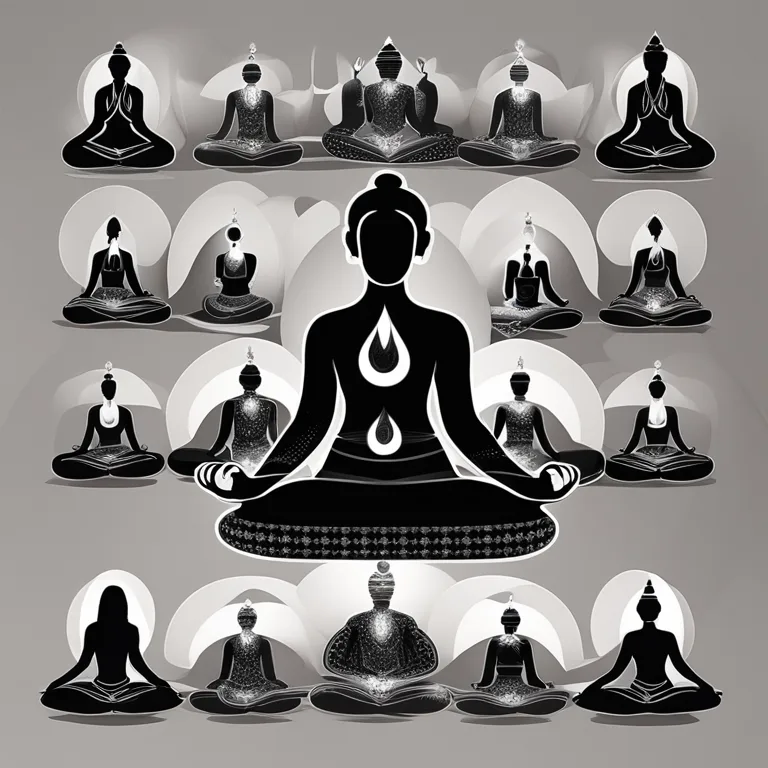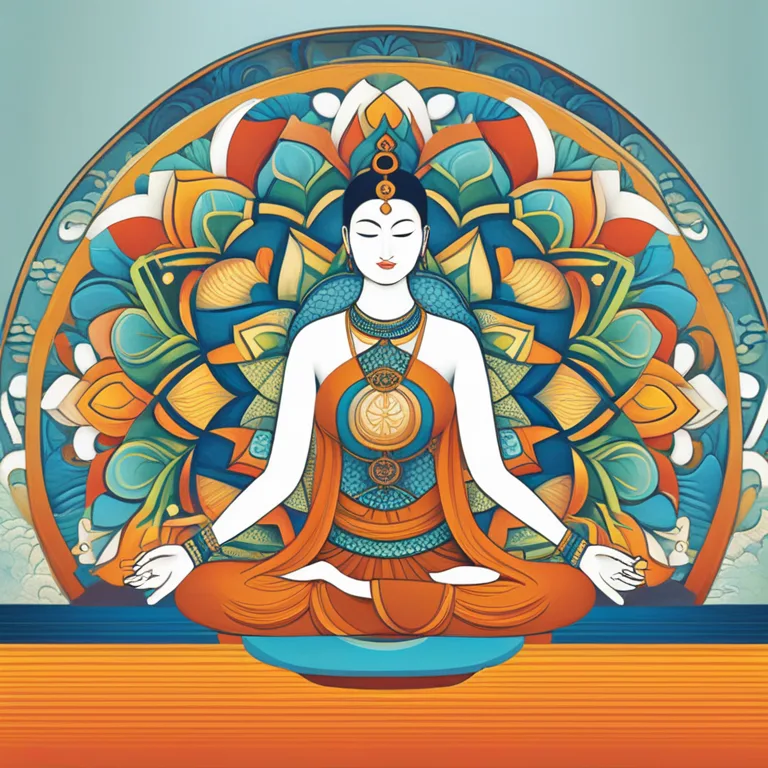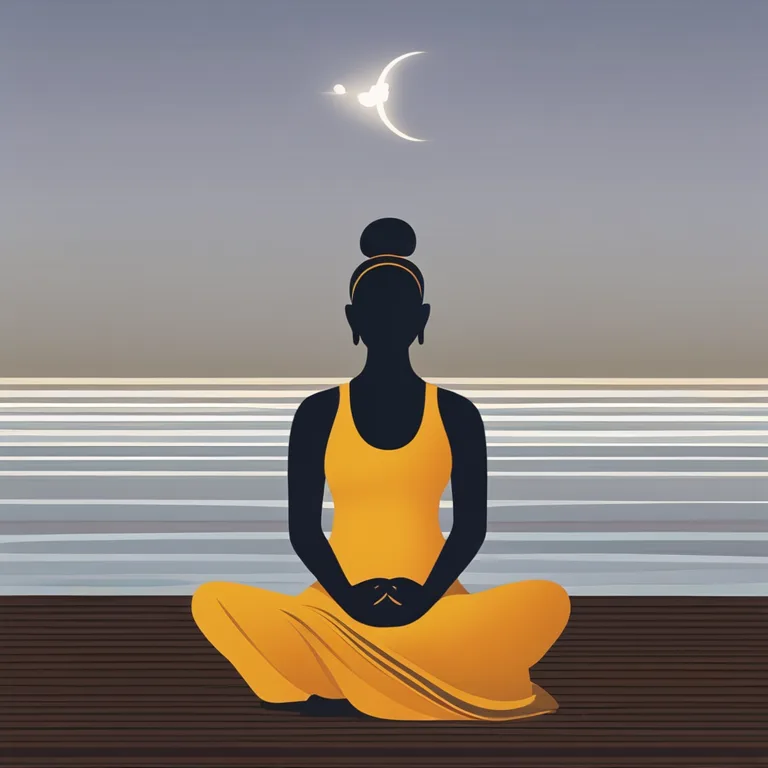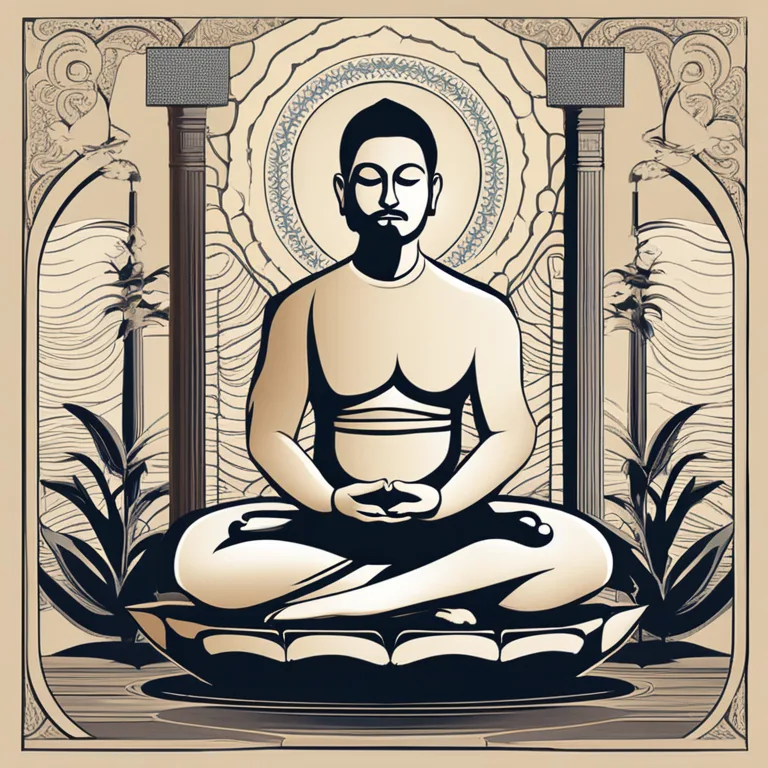
Meditative Yoga Techniques
Discover meditative practices within yoga to enhance mindfulness and inner peace.
article by Hina Kurosawa
Introduction to Meditation in Yoga
Yoga is not only about physical poses; it is a holistic approach to wellbeing that includes the cultivation of mental clarity and calmness through meditation. The ancient practice intertwines physical movements with focused breathing and mindfulness, creating a perfect environment for meditation. As we move forward into 2024 and beyond, the understanding and appreciation of these meditative techniques within yoga have significantly expanded, helping practitioners to navigate the complexities of modern life.

Types of Meditative Yoga Practices
There are several forms of meditative practices in the realm of yoga, each with its unique philosophy and technique. Dhyana, the traditional concept of meditation in classical yoga, involves profound contemplation and uninterrupted concentration, and it paves the path for a deeper connection with the self. Meanwhile, newer forms like Mindfulness Yoga combine ancient wisdom with contemporary mindfulness practices, emphasizing awareness of the present moment. Techniques like Transcendental Meditation, though not exclusively yogic, have also been integrated into many yoga classes, offering a mantra-based approach to meditation.

Pranayama and Concentration
Pranayama, or breath control, is a foundational element in meditative yoga techniques. The practice of controlling the breath helps steady the mind and prepare it for meditation. Techniques such as Nadi Shodhana (Alternate Nostril Breathing) and Ujjayi (Victorious Breath) are potent methods to enhance concentration and mental focus. In a world that is increasingly fast-paced, these breathing techniques have gained popularity for their ability to provide instant stress relief and improved mental clarity.

Meditative Poses for Focus and Clarity
Certain yoga asanas, or poses, are uniquely suited to meditation due to their ability to promote stability and comfort for extended periods. The Lotus Pose (Padmasana) and Easy Pose (Sukhasana) are classic examples that facilitate an upright spine and an open chest, conducive to deep breathing and focus. The integration of these poses in daily practice can lead to enhanced clarity and a tranquil mind, beneficial for both novice and seasoned meditators alike.

Visualization and Guided Meditation
Visualization and guided meditation have emerged as preferred techniques for many yoga practitioners. They involve picturing calming images or following a spoken narrative to lead the mind into a state of deep relaxation and peace. These methods are particularly effective for beginners who may find it challenging to focus or clear their minds without assistance. With continued practice, individuals can often transition to silent meditation, drawing from their guided experiences.
Integrating Meditation into Daily Life
Yoga philosophy encourages the extension of meditative practices beyond the mat and into daily life. Mindful eating, walking meditation, and even conscious communication are forms of meditation that draw on the principles of yoga to maintain a state of balanced awareness throughout the day. As an embodiment of the yoga lifestyle, these practicable techniques strengthen one's ability to remain present and composed irrespective of external circumstances.
The Future and Technology in Yoga Meditation
The landscape of yoga and meditation continues to evolve with technological advancements. Wearable devices that track stress levels and apps that offer virtual guided sessions are just a few examples of how technology is making meditation more accessible. As we progress, these digital tools will likely become more sophisticated, offering personalized data and insights to enhance the traditional practice of meditative yoga.
Published: 12/20/2023
Modified: 12/20/2023
More predictions
Come back here soon to learn more about yourself and your future



